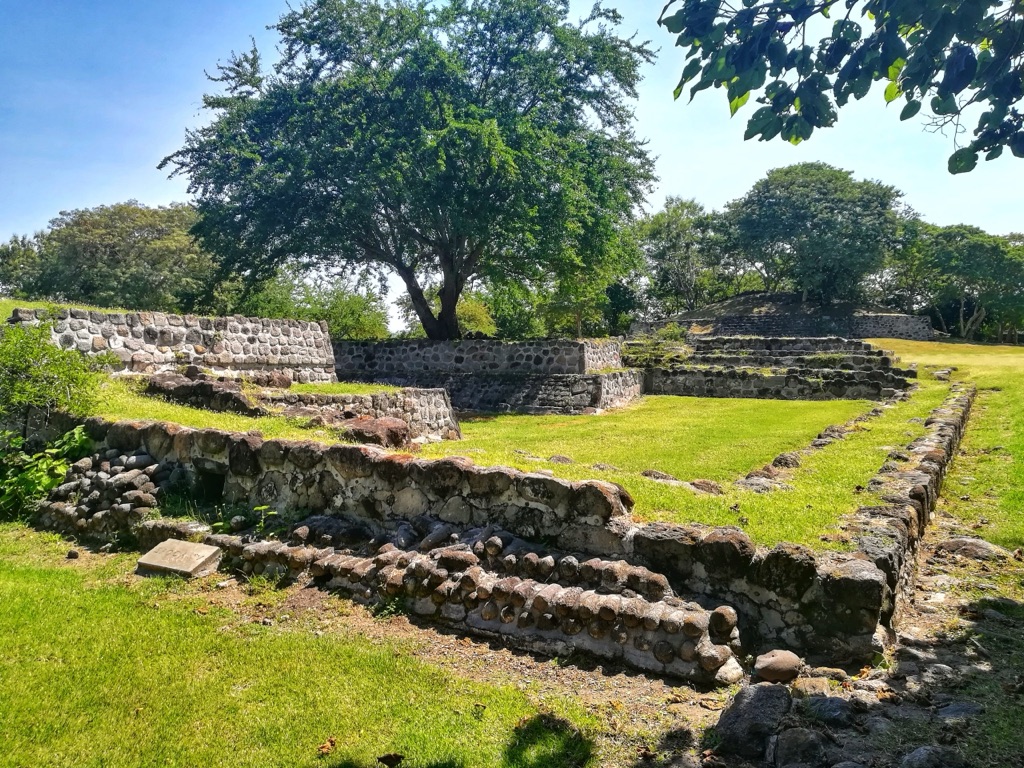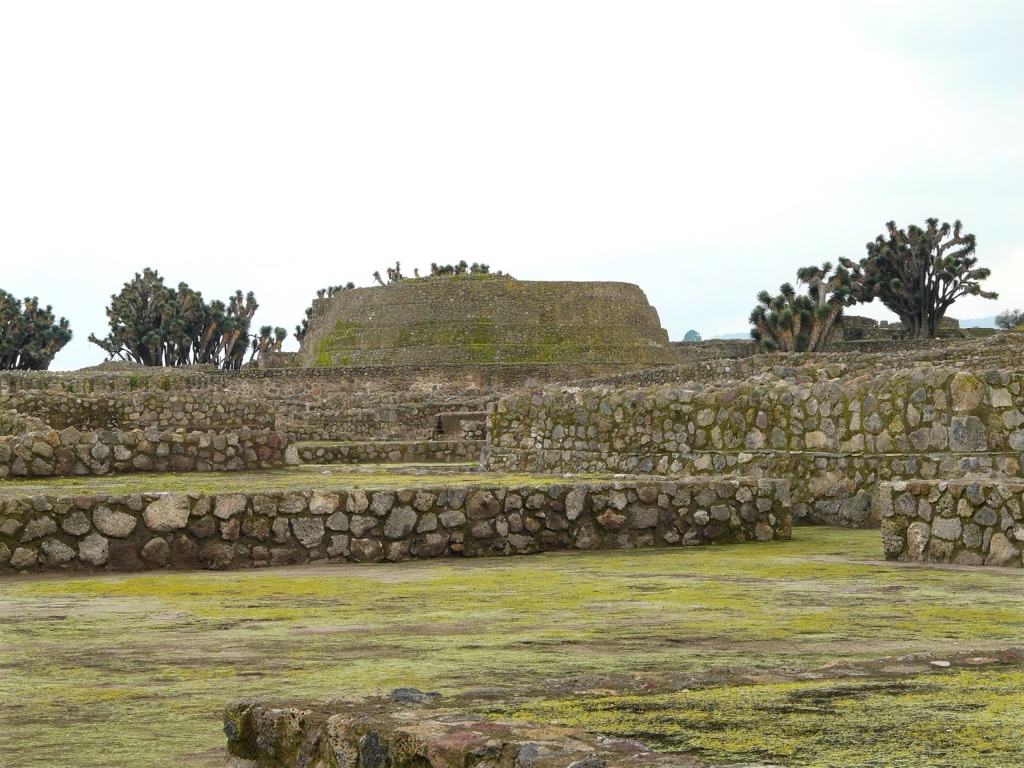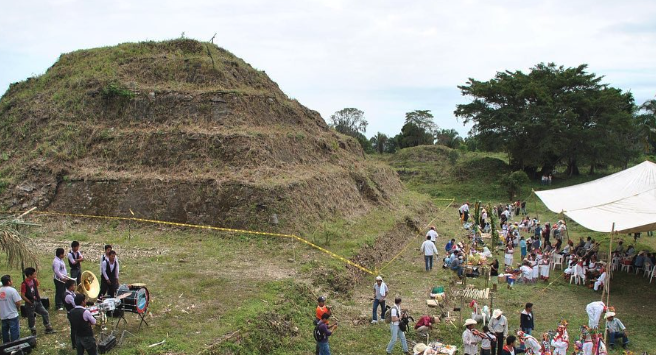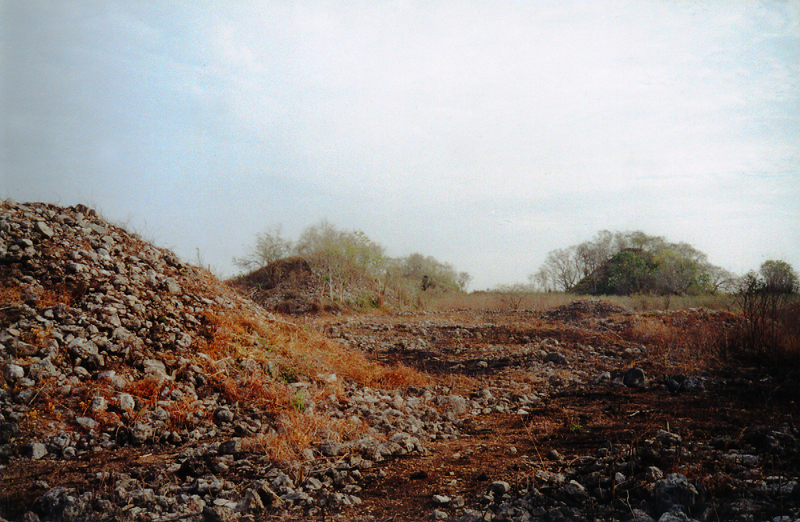El Conde is a significant archaeological site located in the municipality of Naucalpan, Mexico State. This site, which was declared a pre-Hispanic historical monument on December 28, 2001, offers valuable insights into the complex cultural and historical dynamics of the Valley of Mexico. The following sections provide a detailed examination of El Conde’s historical context, the cultures that influenced its development, and the architectural characteristics of the site.
Ancient Civilizations
All Ancient Civilizations, Cultures and People

Coatetelco archaeological site
The Coatetelco archaeological site, also known by its alternate spellings such as Cuatetelco, Cuahtetelco, and Cuauhtetelco, represents a significant pre-Hispanic cultural heritage located in the vicinity of the Coatetelco Lagoon, near Alpuyeca in the Miacatlán municipality, Morelos, Mexico. This site, in close proximity to the renowned Xochicalco archaeological zone, offers invaluable insights into the region’s ancient civilizations, particularly during its zenith between 500 and 150 BC. The name Coatetelco, with its various interpretations, reflects the rich linguistic and cultural tapestry of the area, hinting at its historical significance as a place of worship, habitation, and strategic importance.

Tecoaque
Tecoaque, which translates to “the place where they ate them” in Nahuatl, is an archaeological site of significant historical importance. It is known for the capture and sacrifice of a Spanish convoy by the Aztecs in 1520. This event is a rare instance of pre-Columbian inhabitants capturing Europeans. The site offers a unique glimpse into Aztec civilization and their interactions with Spanish conquistadors.

Mesa de Cacahuatenco
Mesa de Cacahuatenco is a significant Mesoamerican pre-Columbian archaeological site situated in the municipality of Ixhuatlán de Madero, in the northern region of Veracruz, Mexico. This site, positioned south of the Vinasca River, is approximately 44 kilometers west of Castillo de Teayo and about 80 kilometers southeast of the El Tajín archaeological site. Mesa de Cacahuatenco, with its extensive area and numerous structures, is recognized as a crucial ceremonial center within the Huasteca region.

Chunchucmil
Chunchucmil was a significant pre-Columbian Maya city situated in the western part of the contemporary state of Yucatán, Mexico. Despite its proximity to the path of the renowned explorer John Lloyd Stephens, the site remained largely overlooked by scholars for an extended period, primarily due to the absence of monumental sculptures and stelae that are commonly associated with Maya sites. This lack of royal monuments, along with other archaeological evidence, suggests that Chunchucmil might have functioned differently from the typical Maya city-states, possibly serving as a commercial hub rather than being governed by a single divine ruler.

Chunlimón
Chunlimón represents a relatively obscure Mayan archaeological site located on the Yucatan Peninsula, within the federal state of Campeche, Mexico. Approximately 20 kilometers east of the village of Cancabchén, this site is characterized by its architectural elements that affiliate it with the Chenes region. Despite its potential significance in understanding Mayan culture and architecture, Chunlimón has not yet been the subject of systematic archaeological investigation. This article aims to consolidate the limited information available on Chunlimón, primarily drawing from the initial report and photograph provided by Teobert Maler in the late 19th century

